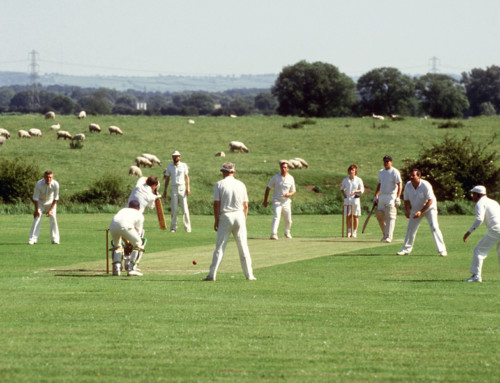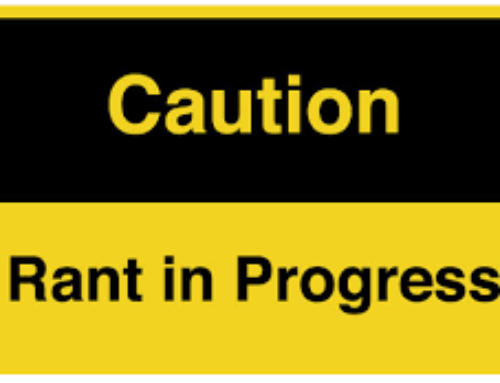What a difference a week makes!! What a great leveller the game is!
Dumped ignominiously out of the Village Cup last Sunday, and a disappointing Saturday this weekend with 3 x losses in 4 SHCL matches, and only our 2nd and 4th Xl’s Xl achieving “double digit” points returns on the weekends efforts. The 2nds narrowly failed to complete what would have been a good win against Southgate Adelaide, and a decimated and youthful 4th Xl failed narrowly to contain an experienced Wheathampstead 3rd’s. All our Reed teams suffered from some poor availability, some of it through very late disruptive and damaging withdrawals, cascaded downwards from the very top team.
To ensure the avoidance of doubt, the following discourse comprises a “discussion point” not any personal criticism. Let he who is without sin cast the first stone!
Points wise it was a very poor week for the 1st and 3rd Xl’s. Both Reed teams took the gamble of putting the opposition in to bat. Both lost, and both, in attempting to defy the logic “percentages” of the league points system, paid the price in coming away with only a miserly 5 points each.
In relation to this interesting issue – yes it was a damp week, with Friday in particular depositing a lot of rain on the ground. Some grounds will have had covers on, some more effective than others. At some grounds the type of covers might make the wicket sweat, at others it might not. The degree and effect of sweat will be affected by how long the wicket was uncovered for in the hours before the match, how moist the air was, and how strong the wind was blowing. A lot of “ifs” and “maybe’s”. Look at the wicket and make an assessment. But how many Captains are really that astute at looking at a wickets surface and making what might be called a “correct” decision? Even in Test Cricket with professional Captains, professional Groundsmen, professional Team Managers, they make such assessments, and still get it badly wrong!
Saturday was a day where the forecast was for no further rain – so the complication of “reduced innings lengths/lost overs/lost opportunity to accelerate an innings” was irrelevant. It was a straight choice. Will it be advantageous to bat first or bat second?
The League points system heavily favours batting first. Is there a good enough reason to go against the percentages?
In our Leagues the match is going to take place on ONE wicket. Is that wicket going to improve/deteriorate/change to a great extent in the 7 hours of the match?
In our Leagues each side is going to bowl with a new ball – so no “ball advantage” there.
One might say that the ball might get more damp and lose its shine quicker in the first innings, so actually hindering the bowlers from using swing when bowling first?
On the other hand, if there is no further rain, then the outfield should get quicker helping run scoring in the 2nd innings.
A huge factor in the decision on whether to bowl first in order to make things more difficult for the batting side is: “What type of bowling attack do you have”?
Do you have a bowling attack that actually uses the pitch?
Do you have bowlers that “make the batsmen play”?
Do you bowlers that really “bang” the ball into the wicket from height, on a “must play” length?
If your bowlers ain’t going to use the important areas of the pitch to any great extent then what is the point of thinking that an unusually loose surface may be an advantage to them?
If you have a team with several “thinking bowlers” who use the seam, can move it both ways, make the batsmen play, give no width, bowl stump to stump, give the batsmen no pace on the ball to move it across a damp/slow outfield, then you might be able to cause the batsmen a lot of problems, and, in addition, strangle the batsmen and force them to try and hit over the top to try and beat the restrictive field?
It’s all these factors, and many more, that help make Cricket the compelling and interesting game that it is.
So back to the percentages and the important bias in the SHCL League points.
How did it pan out this week?
There was the usual huge increase in sides “putting others into bat” when we have damp wickets from rain the day before.
In the HCPL, HCPL Div2 and the 14 Divisions of the SHCL, 84 teams won the toss and asked the opposition to bat on Saturday.
32 of the 84 WON their match.
36 of the 84 LOST their match.
16 of the 84 DREW their match.
So 52 of the 84 sides who inserted their opposition finished with LESS BONUS POINTS than they would have done because of taking the decision to insert the opposition.
Favoured weekend/weather/pitch conditions for putting the opposition in?
The theorists and Captains said – YES.
The stats said – NO!!
(This Weekly column is written by John Heslam Club Chairman of Reed Cricket Club. The views expressed in the article are his own and do not necessarily comprise those of the Clubs General Committee)





